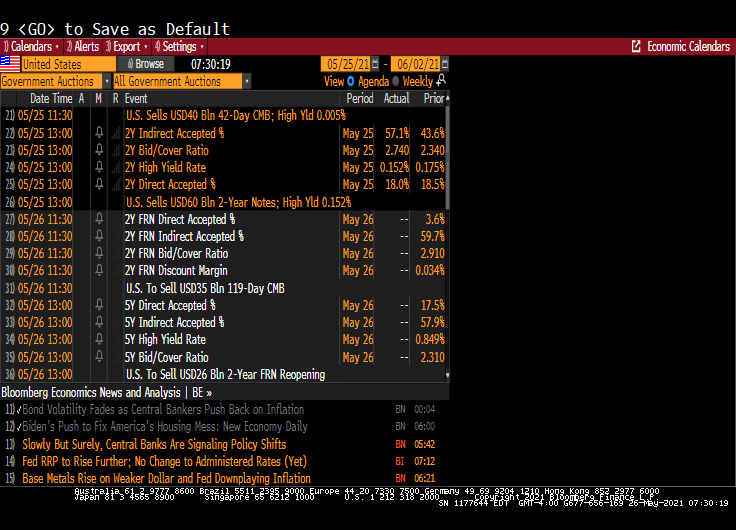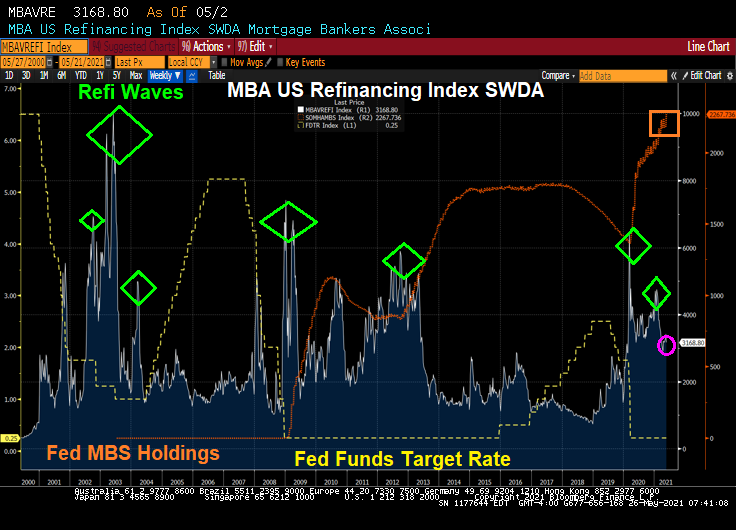(Bloomberg) — Fewer homeowners are looking to refinance and mortgage securities investors are likely to benefit.

The Mortgage Bankers Association refinance applications index dropped 7.2% in the latest report, its largest weekly decrease in three months. Looking ahead to next week’s prepayment speed report for May, consensus is looking for mortgage refinancings to drop for a second month in a row.
The 30-year mortgage rate has risen back to 3%, putting a quick halt to the recent move higher in a refinance index that had increased five out of the six weeks prior to this latest release. The index is at its lowest since April 16 and down 19% for the year.
One likely explanation for the slower take up on such historically low rates is the reduced media effect. While mortgage rates are lower than the year-to-date high of 3.18% seen April 1, they have not challenged the record low of 2.65% seen in early January, thus not creating any attention-grabbing headlines.
In addition, many homeowners are already paying lower mortgage rates than ever before. Within the Bloomberg Barclays Fannie Mae 30-Year index, the weighted average coupon has dropped to 3.72% as of the end of April, a 0.55% fall from March of 2020, when mortgage rates began their descent to a record low. Because of this, it will take ever-lower rates to keep the refinancing machine humming.

For the May prepayment speed report, Barclays Capital analysts expect Fannie Mae 30-year aggregate speeds to drop 20% compared to the previous month, driven in part by a one-day reduction in the number of business days compared to April, to 20 from 21. Morgan Stanley analysts, on the other hand, see speeds coming in just 6% lower.

Agency mortgages in the UMBS 30-year coupon stack closed Tuesday slightly underperforming their hedges as Federal Reserve officials continued to downplay any inflation threat. The U.S. Treasury curve bull-flattened by four basis points.
This week’s $209 billion in Treasury auctions kicked off with the sale of $60 billion in 2-year notes. They sold at 0.152%, with a 2.74 bid-to-cover ratio that was the highest since August. Today brings $26 billion in 2-year floaters and $61 billion in 5-year notes.

On the mortgage purchase application side, we can see that purchase applications have run out of steam despite The Federal Reserve increasing their MBS purchases.

Of course, changes in Federal Reserve policies can produce refinance waves (in green) and refi applications are usually lower after one or more refi waves, such as today. Of course, skyrocketing home prices are producing a wave of cash-out refis (and home equity loans).

I would love to see an updated chart from Rick Sharga and his great crew at Attom to update this chart for HELOCs and include home equity loans.
